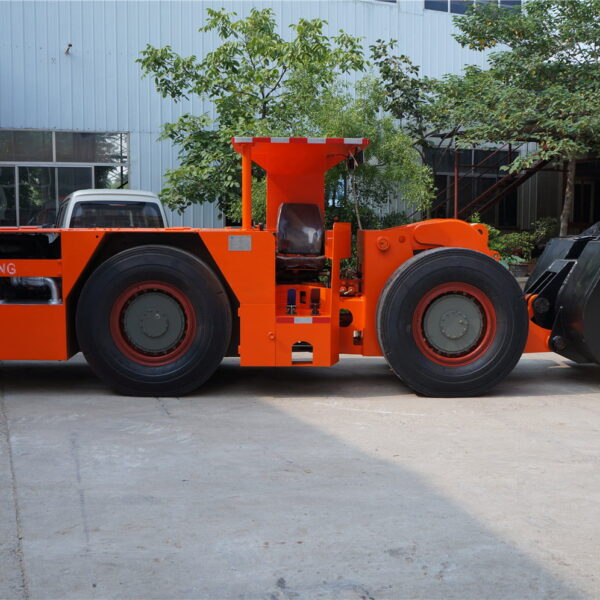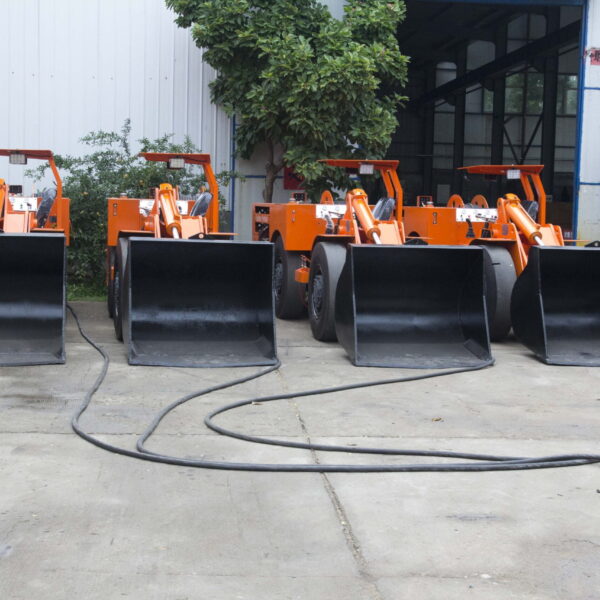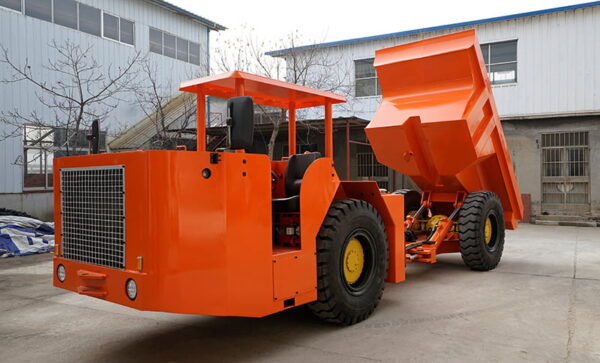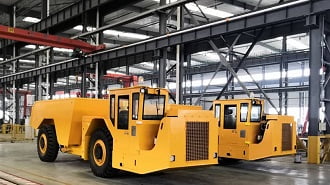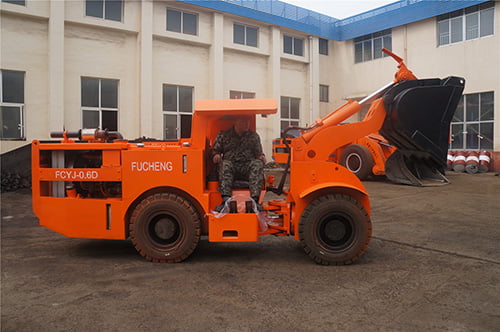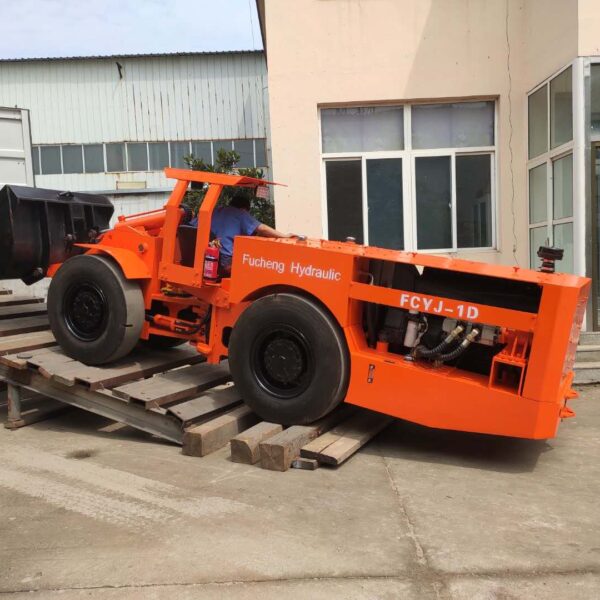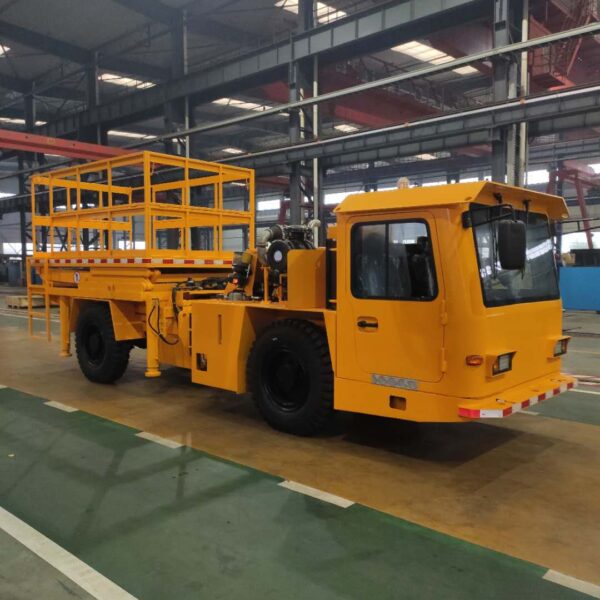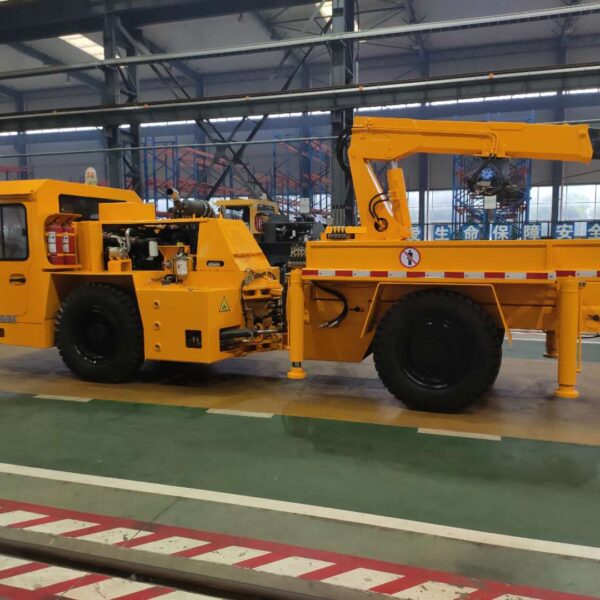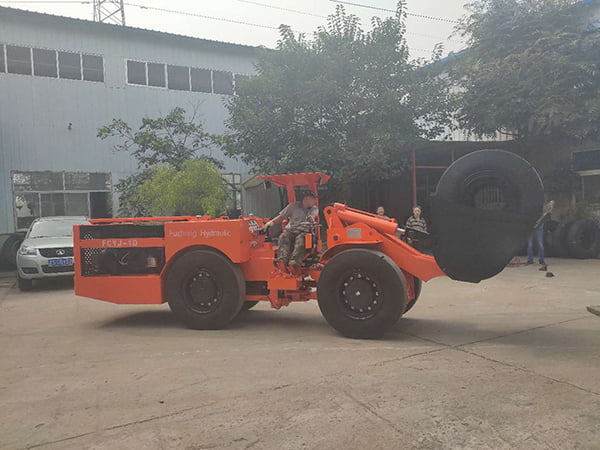Hydraulic systems are part and parcel of many types of machinery. They allow the machines to work efficiently. This system consists of many components, including valves that work together. Hydraulic valves are of utmost importance. Different types of hydraulic valves are available in the market.
Each type has its properties and functions. Manufacturers use these valves according to their needs and requirements. These valve types vary from each in terms of their functionality. If you don’t know about hydraulic valves and their types, don’t worry.
You’re not alone. Many fellows take it as a science. But it is not! There are a few types, and their differences are easy to understand. But people get overwhelmed by seeing too many types and complex terms. But fret not! This guide will provide all the minute details of those hydraulic valves and their types. So, let’s get going!
Overview of Hydraulic Valves
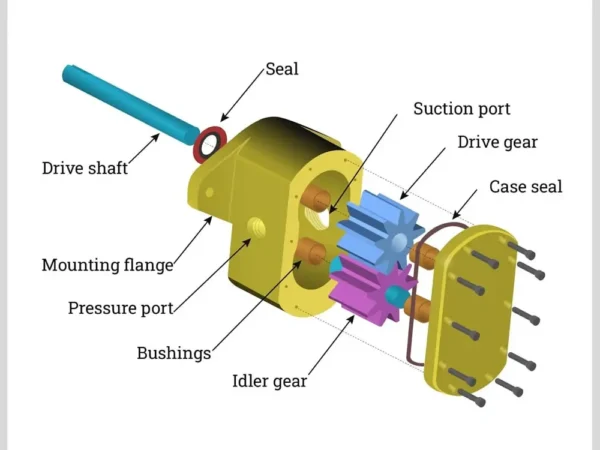
Hydraulic valves are small devices or components that control fluid. They can control flow, pressure, direction, and many other parameters. Hydraulic valves are vital components of the hydraulic system. They ensure enough fluid goes to the part that needs it, ensuring the system works.
Before discussing the valve types, let’s understand the hydraulic system in more detail. As you know, hydraulic systems have been in use for many decades. They are a conventional and less expensive method of providing power. However, they consist of hydraulic valves, which provide the path for the hydraulic fluid to flow.
Not only do they let it flow, but they also control it in many ways. For example, the valves determine the flow’s direction, pressure, and speed. These features make the hydraulic valves an essential part of the system. If these valves do not provide fluid, the entire system will not work. You might be wondering what type of machine uses these valves.
It is not about the machines. The hydraulic valves are an integral part of the hydraulic system. So all machines that use hydraulic systems use valves. Let me give you an example. Many cars have hydraulic brakes. This car’s braking paddle is attached to the valves.
When you press the paddle, the valve opens, and the fluid flows from the master cylinder to each wheel’s braking system. When you take your foot off the paddle, the valve closes, stopping the fluid’s flow. So, if the valve does not work as expected, the car’s brakes will fail.
Different Hydraulic Valve Types
As I said earlier, there are different types of hydraulic valves. Each has its unique function, and understanding each is essential. Let’s discuss those types in detail.
1- Flow Control Valves
The flow of hydraulic fluid is of utmost importance in the hydraulic system. It controls the speed of the motors and cylinders so that their operation runs smoothly. When more fluid is needed, this flow control valve opens. The speed of the motor increases, hence the efficiency.
On the flip side, when the slow speed of the motor is required, the valve reduces the flow. In this way, less fluid will go into the hydraulic system. So, the speed of the motor will be reduced. Keep in mind that this flow control valve doesn’t increase or decrease the fluid. It just allows fluid to flow and stop. It has two major types, which are as follows:
- Throttle Valves: The throttle valve is a primary type whose function is straightforward. It allows or stops the flow of fluid within the system. So, increasing or decreasing the flow indirectly controls the speed of actuators.
- Flow Dividers: As the name suggests, the flow dividers make different fluid streams. It takes one flow or stream as input but gives two or more flow streams with equal fluid. These streams, which have the same amount of fluid, are used for different actuators. This is how it ensures equal flow to each actuator.
2- Directional Control Valves
These control valves are responsible for giving fluid a specific path. They dictate how the fluid will go and reach the hydraulic system. In simple words, these valves balance the flow towards the motor and cylinders. It is vital to remember that the hydraulic system consists of many parts.
So, by using a directional control valve, it becomes easier to determine which part will get the fluid. Without this valve, it will become a mess, and the system will not work. There are different types of directional control valves. Here is their list:
- Check Valves: This directional valve allows the fluid to flow in one path but does not allow the hydraulic fluid to flow back. In other words, it stops the fluid from returning to the opposite direction.
- Poppet Valves: This valve consists of a poppet or a small plug. It opens up or closes due to this plug. The movement of this plug or knob ensures the flow of fluids. If it is up, fluid will pass; if it’s down, it won’t.
- Spool Valves: A spool is a rod or cylindrical structure in the valve’s sleeve or body. The actuator moves it, and fluids flow in the path. It works differently than other valves. Different types of spool valves are available in the market.
Quick Highlight: The check valve is also known as the NRV valve. It stands for ‘Non-Return Valve’. This name is given to the valve because it does not allow the fluid to return or flow. Moreover, the poppet valve is used where pressure is not extreme.
3- Pressure Control Valves
The hydraulic system works best under the specific pressure. If the pressure is too high, the motor won’t work. Under extreme pressure, the components of the hydraulic system can also get damaged. This is where the pressure control comes in handy.
They regulate the pressure and maintain the flow of fluids. Many people seem to be confused between pressure and flow control valves, which differ from each other. Flow control valves control the fluid’s speed, while the pressure control valve has more to do with its volume.
- Relief Valves: The pressure relief valve is considered a safety tool. It avoids the overpressuring issues. It can consist of a sensor or spring to hold the valve closed. When the pressure becomes too high, the spring compresses. As a result, the valves open and release the pressure.
- Sequence Valves: As its name suggests, the sequence valve is responsible for the sequence of functions. Generally, the valve remains closed. This valve opens when the system’s pressure increases to a predefined limit, allowing fluid to flow. This will keep happening according to sequences. This pressure valve is helpful when a specific order of operations is needed.
- Pressure-Reducing Valve: This valve is very widely used. It reduces the inlet’s higher pressure to a stable pressure. At this controlled pressure, the machinery and its components work best. The valve is also responsible for holding this pressure at one decent level.
4- Proportional Valves
The proportional valves work based on the input signal. It controls both the flow of fluid and its pressure. This valve is just like a tap or faucet. You turn the knob, and water flows. The speed of water and its pressure depends on how much you turn the knob. This is just an example for easy understanding.
Just like that, proportional valves control fluid flow and pressure. It won’t be wrong to say that these valves offer precise control. The input signal can be different —either digital or analog. However, its function is smooth and produces the desired results.
5- Solenoid Valves
This valve provides an automated flow control. It consists of three main parts: the solenoid, valve body, and plunger. This valve works only when an electric current is available. First, the current passes through the solenoid.
As a result, the solenoid coil produces a strong magnetic field. This field attracts the plunger and moves it from its place. The plunger is attached to valves that block the flow. As a result of the plunger’s movement, the valves open up, and fluids flow.
When you need to stop fluid flow, switch off the button. The electric current will stop passing through the solenoid, and the magnetic field will vanish. The Kluger will remain still and close the valve. Due to their automated features, the use of these valves is increasing.
6- Cartridge Valve
Cartridge valves or mini valves are very compact and easy to use. They use a cartridge to help control the flow of fluid. Although these are tiny valves, do not underestimate them due to their size. You might be confused about how they work. They are inserted or placed within manifolds.
Imagine the manifold as a control panel. Different cartridge valves need different kinds of manifolds to work smoothly. The primary function of this valve is to control the pressure. Moreover, it also restricts flow when needed. Remember that replacing these valves is also very straightforward.
7- Ball Valves
These valves consist of a ball, which is the primary component. This ball has a hole or port in the middle. Fluid flows through this port or hole. The valve has an actuator or handle for operation. These valves also consist of stems. The stem connects the ball to the handle, which controls the valve.
During working, the ball’s port aligns with the pipe. As a result, fluid starts to flow through this hole or port. When fluid needs to be stopped, the operator turns the handle. The port aligned with the pipe disappears, and the ball closes the path, stopping the fluid flow.
Many people don’t like this valve due to its bulkiness. The ball present within the valve adds to its weight. Due to its heavy weight, its durability is susceptible. The chances of wearing out its seals are high. However, this valve can bear very high pressure, a significant advantage. This is used where pipes carry liquid with high pressure.
8- Servo Valves
These valves are known for their precision when it comes to working and functionality. Their primary function is the same: to control the flow and direction of the fluid. However, they utilize the feedback loop system. The servo motor responds to the input response, creating a complex feedback system.
The feedback system monitors the workings of these valves. If there is any deviation from the input, this corrects the deviation. As a result, you get 100% precise performance. Not everything in this servo valve is good. They are costly, which is a big drawback.
Are All Hydraulic Valves Used at the Same Time?

No, the above-mentioned hydraulic valves have unique functions. So they are not used at the same time. Their usability depends on the users’ needs and preferences. Generally, one valve is used at a time.
As I said, each hydraulic valve type is very specific. For example, the flow control valve only focuses on the flow of fluid and its speed. It has nothing to do with the direction or pressure of the flow. Similarly, the directional control valve will focus on the direction of the flow. These valves are particular in their work.
So, when a user needs to control direction, he will use a direction control valve. Using all of them at the same point on the pipes is useless. At one time, you need one function. There are many types of these valves. So, you should choose according to your needs.
Questions fréquemment posées
What are hydraulic valves?
Hydraulic valves are tools or small devices that regulate the flow of fluids and gases. They control flow, pressure, and direction. There are different types of hydraulic valves, each very specific.
What are the main types of hydraulic valves?
There are many types of these valves, but the main types are flow control, direction control, and pressure control valves. These types vary in functionality.
How does a check valve (Non-Return Valve) work?
This valve is a subtype of a directional flow control valve. It allows fluid to flow or move in one direction and stops it if it starts to flow back. This is why it is also known as a non-return valve.
How do hydraulic valves contribute to system safety?
Hydraulic valves are integral to ensuring a system’s safety. They keep the pressure at an optimal level. It can damage machinery if left unchecked. Each type of valve contributes differently to the system’s safety.
Can hydraulic valves be adjusted?
Yes, many hydraulic valves are adjustable. You can easily set pressure control valves to specific pressure levels. Similarly, the flow control valve can be set to achieve any desired flow rate. So, all the types are very much adjustable.
Conclusion
It is no mistake that hydraulic valves are very efficient. They make piping and fluid flow very smooth and controlled. However, there are different types of these valves, each different in terms of working and functionality.
Understanding those types is very important. Without the basic know-how, you’ll choose the wrong valve, which will affect the performance of your hydraulic system. In this article, I have explained all the types of hydraulic valves.

